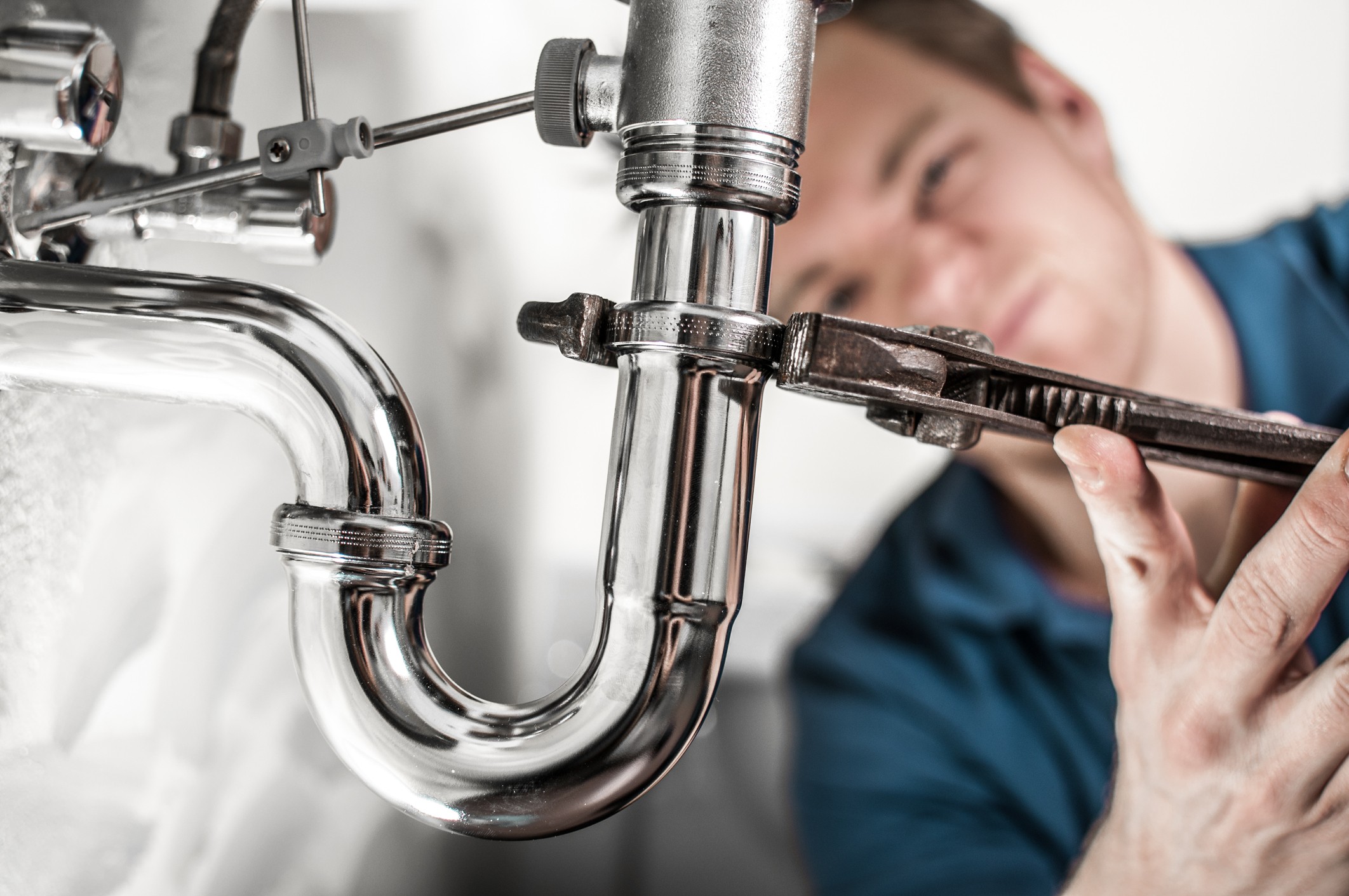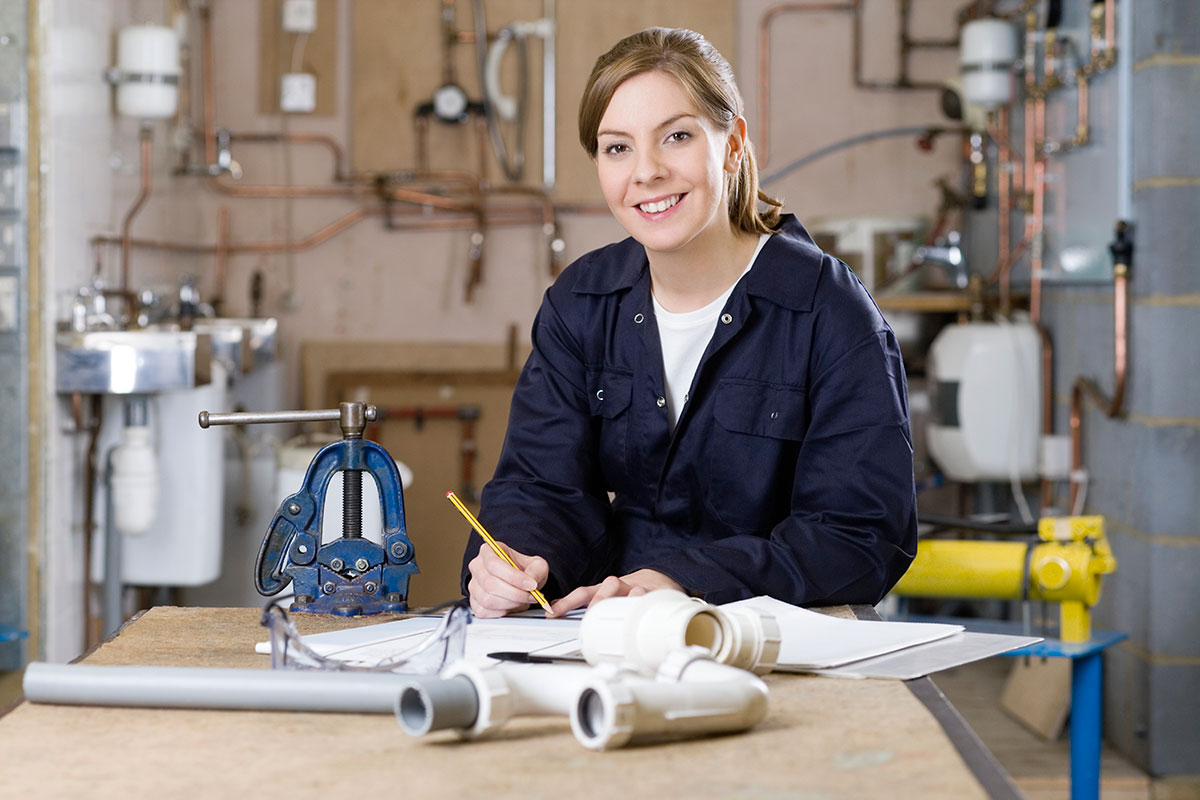Dependable Plumber Alabaster AL for All Your Emergency situation Requirements
Dependable Plumber Alabaster AL for All Your Emergency situation Requirements
Blog Article
A Step-by-Step Overview to Effective Water Heating System Installment for Optimal Efficiency
Beginning on the job of installing a water heating system is an endeavor that demands accuracy and a methodical approach for attaining ideal efficiency. As you proceed, the complexities of connecting water supply lines and setting up trusted electrical or gas links wait for, promising understandings right into guaranteeing efficiency and reliability.
Choosing the Right Hot Water Heater

Following, take into consideration the dimension and capacity of the hot water heater. It's essential to analyze your house's warm water demands, which can differ based on the number of occupants and their usage patterns. A system that's as well tiny might bring about not enough warm water, while an oversized design could result in unneeded energy intake.
Effectiveness scores likewise play a critical function in option. Search for hot water heater with high Power Variable (EF) rankings, indicating exceptional performance and decreased power use. Tankless models, though normally extra pricey upfront, offer substantial energy financial savings in time due to their on-demand heating capacities.
Preparing the Setup Location
Before mounting a new water heating system, thorough prep work of the installment area is important. It's critical to gauge the area very carefully to accommodate the water heater's measurements, guaranteeing adequate clearance around the system for reliable procedure and maintenance.
Inspect the flooring for stability, as the water heating system will require a strong, degree surface to operate effectively. If necessary, set up a drip frying pan below the system to capture prospective leakages or spills, avoiding water damages to the surrounding location.
Additionally, ensure that all necessary tools and materials get on hand before commencing the installment. This includes things such as wrenches, screwdrivers, a degree, and any type of extra equipment needed for securing the heating unit and placing. A well-prepared setup area establishes the structure for an effective hot water heater setup, maximizing efficiency and security.
Connecting Supply Of Water Lines
When connecting supply of water lines to your newly set up water heater, it is crucial to make certain that all links are leak-free and protected to preserve reliable operation and protect against water damages. Begin by identifying the warm and chilly water system lines. The cold water inlet is commonly noted with a blue label or a "C", while the warm water outlet is marked with a red label or an "H".
Usage adaptable water heating system ports to facilitate an easier setup process. Before affixing the adapters, place a plumbing's tape around the threaded ends of the water heating unit's inlet and outlet pipes.
When links remain in area, slowly activate the main water supply shutoff. Check each connection for leaks by visually really feeling and examining for dampness. Tighten up links as needed, and make certain the stress like it relief valve is correctly set up, securing against excessive pressure accumulation.
Setting Up Electrical or Gas Connections
Appropriately establishing the electrical or gas connections for your water heating system is a critical action to make sure secure and effective procedure. For electric hot water heater, begin by verifying that the electrical circuit is suitable with the heating unit's voltage and amperage needs. Make certain the power supply is transformed off at the breaker to stop crashes. Attach the electrical cords to the heating unit complying with the manufacturer's electrical wiring layout. Usually, this includes connecting the ground wire to the environment-friendly terminal, and the staying cables to their matching terminals, safeguarding each with cable nuts.
For gas water heaters, safety is paramount. Attach the gas line to the water heating my latest blog post unit utilizing an adaptable gas connector, guaranteeing it is appropriately threaded and sealed with pipe joint compound or Teflon tape ideal for gas links.
When links are made, check for any possible leaks. For gas lines, apply a soapy water solution to the joints; bubbles show a leak. For electric links, ascertain that all electrical wiring is safe and secure and effectively insulated, keeping compliance with neighborhood electric codes.
Examining and Readjusting for Efficiency
With the electrical and gas connections firmly in position, the next action is evaluating the functional effectiveness of your hot water heater. Begin by thoroughly activating the water system and ensuring there are no leakages at any one of the joints or valves. Once verified, continue to fill up the storage tank, paying focus to the stress and temperature level setups. It is a good idea to set the thermostat to a recommended temperature level of around 120 ° F(49 ° C) to balance energy effectiveness and comfort.
Following, do a comprehensive examination to make certain the burner or gas burners are functioning correctly. For electrical heating units, use a multimeter to confirm if the aspects are drawing the appropriate existing. In gas models, observe the heater flame; it should be consistent and blue, indicating efficient combustion.
Readjust the setups as needed to get rid of inefficiencies. Think about executing insulation procedures, such as including a water heater blanket, to better boost performance by lessening heat loss. Furthermore, inspect the anode pole's problem, as a shabby rod can decrease performance and lead to container rust.
Final Thought
Reliable water heating system installation is vital for making sure ideal performance and energy cost savings. Securely connecting water supply lines and very carefully establishing up electrical or gas connections minimize prospective issues.

Correctly setting up the electrical or gas links for your water heating unit is a crucial step to guarantee effective and safe operation. For electric water heating systems, start by confirming that the electric circuit is suitable with the heating system's voltage and amperage requirements. Attach the gas line to the water heater utilizing a versatile gas adapter, guaranteeing it is effectively threaded and secured with pipe joint substance or Teflon tape ideal for gas connections.
Report this page